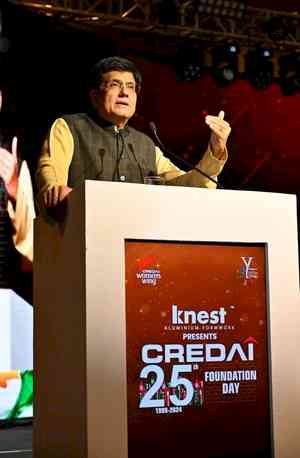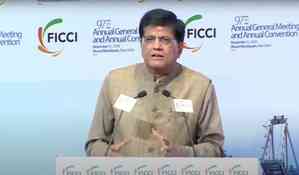Apparel retailers to stitch 8-10% growth with festivals, fast fashion
Slow area addition, existing store rationalisation and stable input prices to support margin

Mumbai, September 24, 2024: The organised retail apparel sector1 will clock a revenue growth of 8-10% this fiscal riding on higher demand stemming from a normal monsoon, easing inflation, festive and wedding season and increasing preference for fast fashion.
Though akin to last fiscal, revenue growth will be slower than the compound annual growth rate of 11-12% seen between fiscals 2018 and 2023, making retailers cautious at opening new stores.
Instead, retailers will focus on enhancing efficiencies at existing stores, controlling costs and limiting reliance on external debt, which will help maintain their operating margin at 7.2-7.4% despite continued high marketing expenses, thereby ensuring stable credit profiles.
A CRISIL Ratings analysis of 37 organised apparel retailers, accounting for over a third of the organised industry, indicates as much.
In the apparel retail business, the mass market is the largest segment, followed by premium and luxury. Fast fashion, a growing subset of the mass market, offers the latest trends, frequently updated throughout the season with a shorter lead time to reach customers quickly.
Says Anuj Sethi, Senior Director, CRISIL Ratings Ltd, “The mass market segment accounts for ~60% of total sales now, compared with ~56% before the pandemic, due to the rising popularity of fast fashion, which is expected to be the primary revenue driver this fiscal. The likely increase in demand for premium clothing during the upcoming festive and wedding seasons will also contribute to overall revenue growth of 8-10% this fiscal.”
Retailers are adjusting business strategies, enhancing supply chain efficiency and focusing on new trends –particularly in fast fashion – to meet the evolving consumer behaviour.
With consumer spending shifting towards travel experiences and luxury goods in major urban locations, retailers will be cautious at store expansion there, while continuing to expand in tier 2 and 3 cities, which are transitioning towards organised retail. That said, area addition will be lower on-year at ~2.2 million square feet compared with ~3.6 million square feet last fiscal as store sizes will be smaller.
Revenue density2 is expected to remain flat at ~Rs 11,900 per square foot (refer chart in annexure) due to muted growth in same-store sales and will restrict significant improvement in profitability.
Says Anil More, Associate Director, CRISIL Ratings Ltd, “The marginal increase in profitability this fiscal will be driven by apparel retailers streamlining existing stores and opening new stores only as necessary, given that demand has not fully recovered. Besides, the need to offer higher discounts and incur marketing spends to attract customers will limit the overall improvement in operating margin to 7.2-7.4% against ~7.0% in fiscal 2024.”


 City Air News
City Air News 












